The statements below can be used by primary schools to check that the offering the school provides to pupils covers key concepts in drawing.
By the end of UK Year 2 (age 7) these statements should resonate with the majority of pupils (and form the basis of opportunities provided by school, covering key concepts in drawing).
-
I have enjoyed exploring different drawing activities.
-
I have had the opportunity to work on a variety of scales. Not all the drawing I have done has taken place at a desk.
-
I understand appropriate key words relating to drawing, and have gained this understand through practical experience.
-
I have used a variety of drawing media and been given the opportunity to practice my skills. I have also drawn on a variety of drawing surfaces.
-
I have made drawings from observation, and imagination, and I know I can experiment.
-
I have drawn alone and I have also created drawings as part of a group.
-
I have drawn from a variety of subject matter, including drawing from life (including people and places).
This is a sample of a resource created by UK Charity AccessArt. We have over 1500 resources to help develop and inspire your creative thinking, practice and teaching.
AccessArt welcomes artists, educators, teachers and parents both in the UK and overseas.
We believe everyone has the right to be creative and by working together and sharing ideas we can enable everyone to reach their creative potential.
What We Like About This Resource…
“This is a great activity for really tuning into colour and shape. The process is ultimately quite a refined one (ie making a pattern balanced and repeated ‘correctly’) – but there’s plenty of scope for exploring pattern in a more experiential way prior to the refinement page. Try one of the recommended resources below to introduce pattern and begin with some open ended activities to build skill and confidence.” – Andrea, AccessArt
You Might Also Like…
Pathway: Exploring pattern
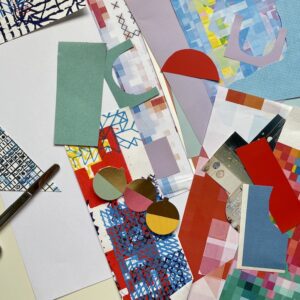
Talking points: Andy Gilmore
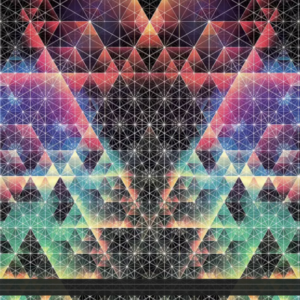
talking points: Louise Despont
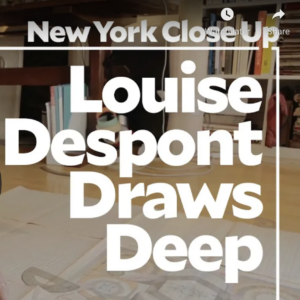
Inspired by Rachel Parker
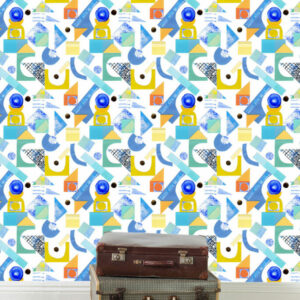
Teachers Explore Pattern, Shape and Texture
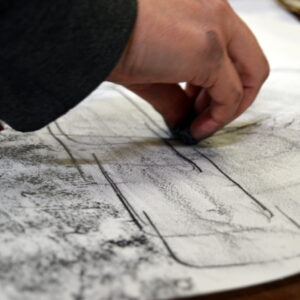
Block Printing Repeat Patterns
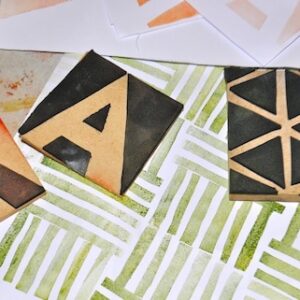
You Might Also Like…
Pathway: Music and art
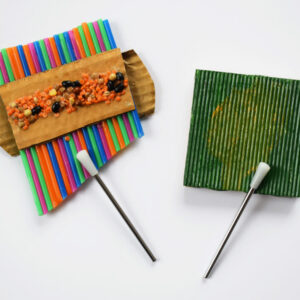
Pathway: Playful Making
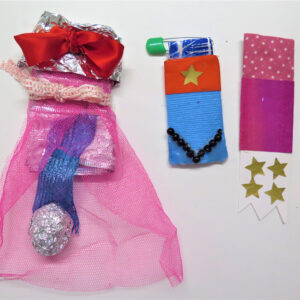
Manipulating Paper
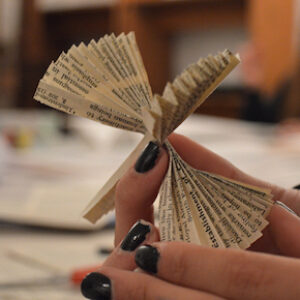
Cardboard Sculptures
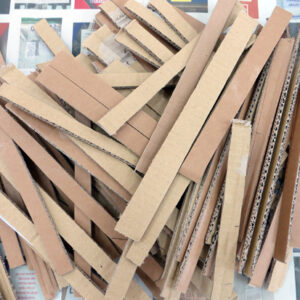
The Chair and Me
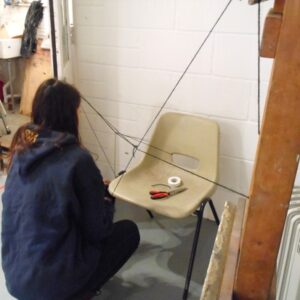
What We Like About This Resource….
“This activity walks through a number of different processes and taps into multiple skills.This provides a rich exploratory project for children to fully immerse themselves in. Cezanne was the focus artist for this project, but other contemporary still life painters could be used as starter inspiration. We actually advocate showing the work of more than one artist as this builds knowledge of how approaches to painting, drawing etc differ. This also helps children move towards a personal response rather than creating a ‘copy’ of one particular artist’s work” – Rachel, AccessArt
You Might Also Like….
Pathway: Exploring Still Life
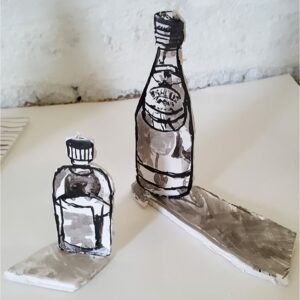
Talking Points: Paul Cezanne
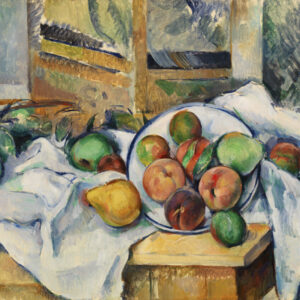
talking points: Contemporary still life
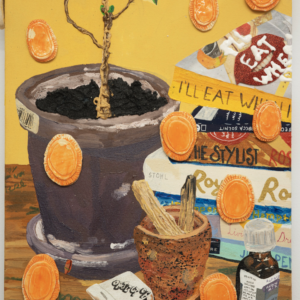
talking points: Flemish and Dutch Still Life Painters
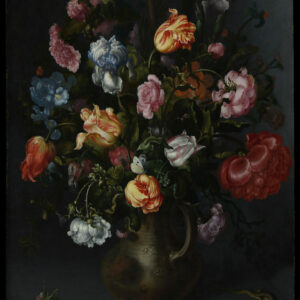
What We Like About This Resource….
“It’s great to see a different approach to thinking about remembrance day. These peg soldiers are a refreshing alternative to artwork inspired by poppies. The processes involved encourage children to focus on fine motor skills: wrapping embroidery thread around the peg and creating small detailed clothes and helmets. These dolls look particularly effective when standing as a collection and would make a poignant alternative to a standard display board” – Rachel, AccessArt
See This Resource Used In Schools…
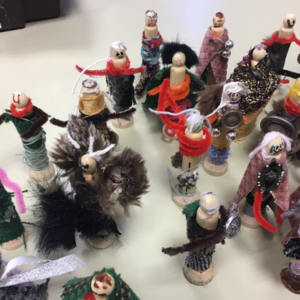
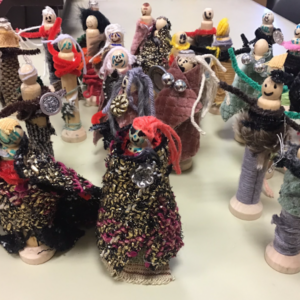
You Might Also Like….
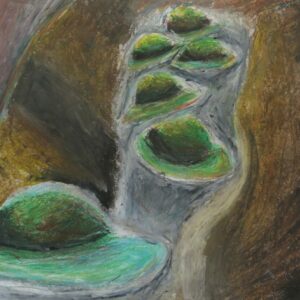
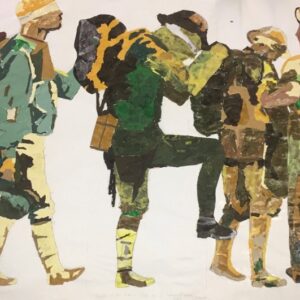
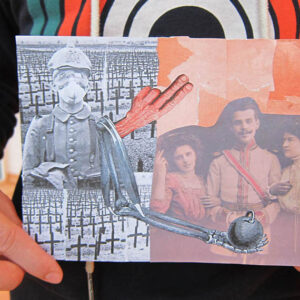
You May Also Like…
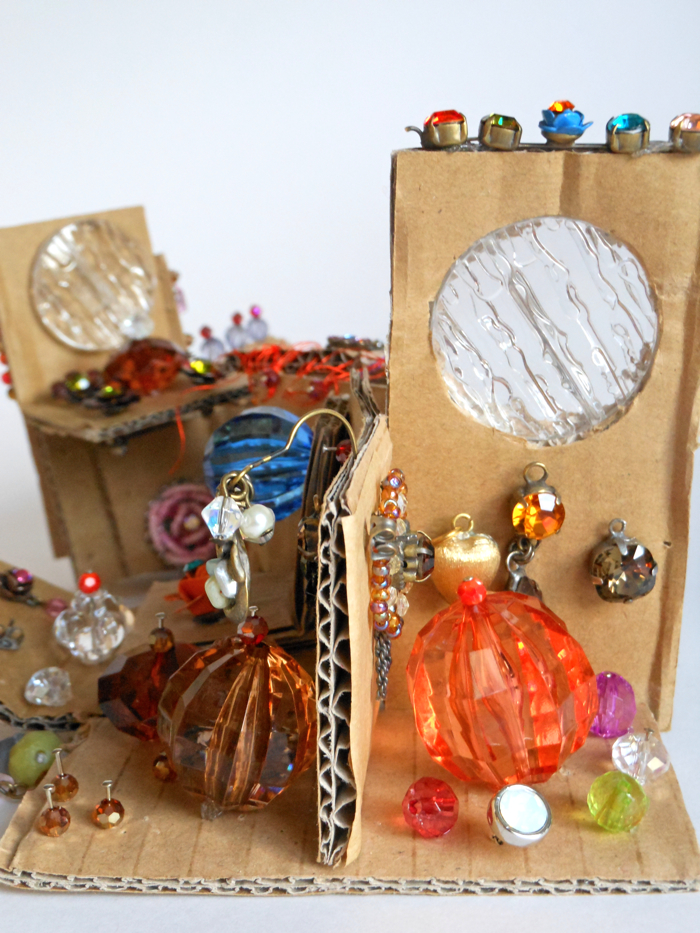
Transforming Cardboard with Andrea Butler
Artist Andrea Butler shows how to explore simple design and construction using cardboard and jewellery. Read More
What We Like About This Resource….
“This activity is a great example of how we can use paper as the focus of creativity. Often we use paper purely for drawing or painting on, but here, it is central to the activity itself. While these particular folded sculptures have their roots in Turkish culture, you could still deliver the activity if looking at things like Origami too, thus linking it across different cultures” – Rachel, AccessArt
You Might Also Like….
Puzzle Purses Part 1
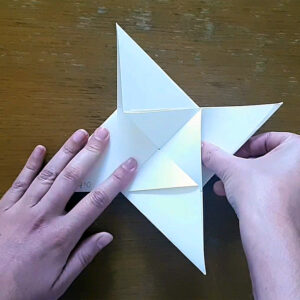
Puzzle Purses Part 2
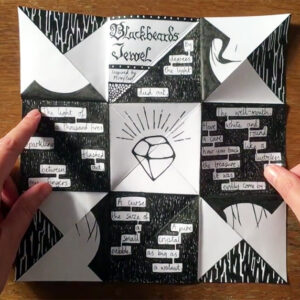
Paperback Figures
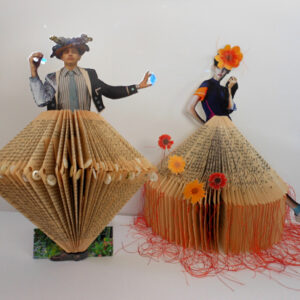
What We Like About This Resource….
“This project links poignant subject matter with meaningful art processes and local history. What we learn about the re purposing of materials, (in this case spent ammunition) re affirms how we can use what is around us as a starting point to making and creating. You could extend or adapt this project by looking at broken pottery, re purposing that into new sculptures that link with Roman or other local historical cultures” – Rachel, AccessArt
You May Also Like….
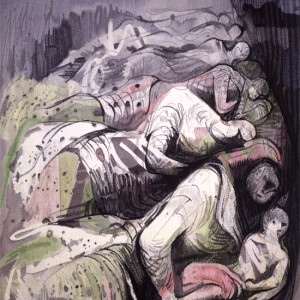
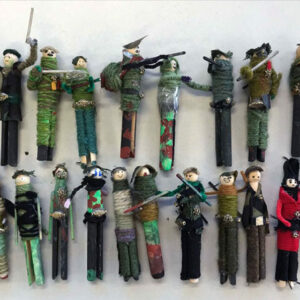

What We Like About This Resource….
“We really enjoyed reading about the process of creating art work according to a design brief and how the experience of this differs to when an artist begins with their own idea or concept. That’s not to say an artist can’t approach a brief with their own individual style and ideas, but what this post shows us is that there can be a balance between the two. This would be a great resource to show older KS pupils who may be beginning to consider their options beyond Primary School”. – Rachel, AccessArt
You Might Also Like….
Pathway: 2D Drawing to 3D Making
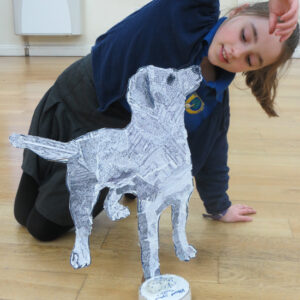
Talking Points: Packaging Design
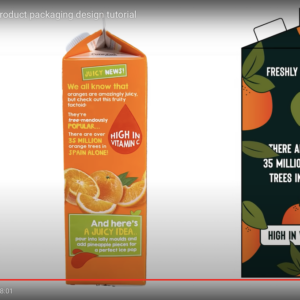
What is Typography
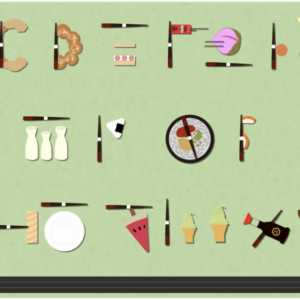
Which Artist: Rachel Parker
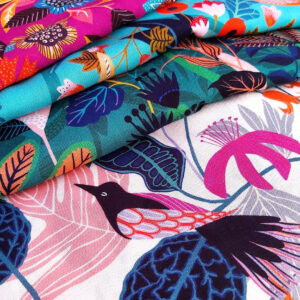
Repeating Patterns

Block Printing Repeat Patterns





























